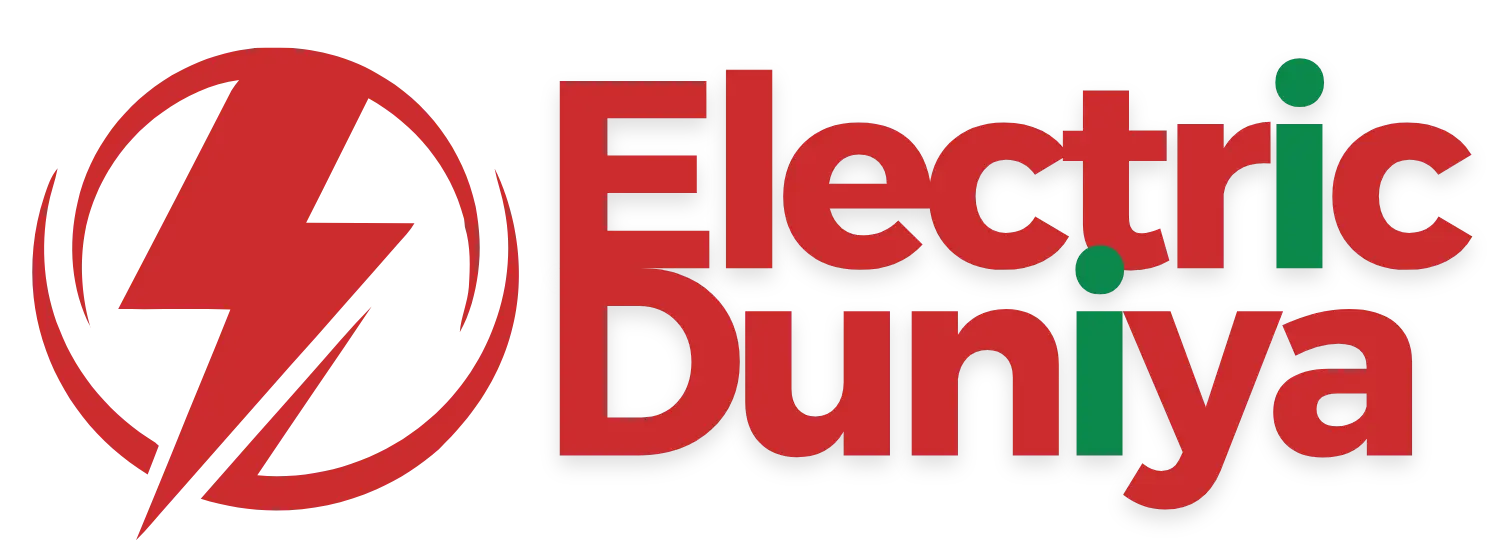Vehicle-to-Grid
Vehicle-to-Grid (V2G) is a technology that enables electric vehicles (EVs) to discharge stored energy back into the power grid, helping balance demand, stabilize supply, and support renewable integration.
Overview
Vehicle-to-Grid represents one of the most transformative innovations in the EV ecosystem. While EVs are often seen only as consumers of electricity, V2G flips the equation by turning them into mobile energy storage assets. With millions of EVs expected worldwide, their collective battery capacity can significantly strengthen grid resilience, reduce reliance on fossil-fuel peaker plants, and enhance renewable energy adoption.
For utilities and governments, V2G offers demand-response capabilities, enabling better alignment between energy production and consumption. For EV owners, it provides opportunities to monetize stored energy by selling excess power during peak demand periods. In essence, V2G transforms EVs from simple vehicles into active participants in the energy ecosystem.
How Does It Work?
The operation of Vehicle-to-Grid depends on bidirectional charging infrastructure and smart energy management systems:
-
Bidirectional Charger: Unlike traditional one-way chargers, V2G chargers allow electricity to flow both into the EV battery (charging) and out to the grid (discharging).
-
Communication Protocols: Standards like ISO 15118 and OCPP ensure real-time data exchange between the EV, charging station, and grid operator.
-
Energy Flow Management: The Battery Management System (BMS) and grid software synchronize to determine when discharging is optimal, typically during high demand or when renewable sources underperform.
-
Grid Integration: Energy is fed back into the grid as alternating current (AC), managed by inverters and regulated to maintain voltage and frequency stability.
This mechanism ensures both grid operators and EV owners benefit while protecting battery health through optimized charging/discharging cycles.
Features of Vehicle-to-Grid
-
Bidirectional Energy Flow: Enables both charging and discharging of EV batteries.
-
Smart Synchronization: Coordinates with utility signals to provide demand-response services.
-
Revenue Generation: Allows EV owners to sell excess energy and reduce electricity costs.
-
Renewable Integration: Balances variability of wind and solar by supplying backup power.
-
Battery Protection Algorithms: Advanced control systems limit degradation while participating in V2G.
-
Grid Support Functions: Provides frequency regulation, load leveling, and peak shaving for more stable networks.
Applications in EV
Vehicle-to-Grid is unlocking practical benefits across multiple scenarios:
-
Grid Stabilization: EV fleets collectively provide frequency regulation and load balancing.
-
Emergency Backup Power: EVs can power homes or critical infrastructure during outages, similar to Vehicle-to-Home (V2H) systems.
-
Commercial Fleets: Delivery vans, buses, and ride-sharing fleets participate in V2G markets, creating new revenue streams.
-
Renewable Energy Support: V2G complements solar and wind by storing surplus energy and discharging when production drops.
-
Urban Infrastructure: Smart cities integrate V2G-capable EVs to manage local microgrids efficiently.
Real-world examples include Nissan’s LEAF-to-Grid programs in Europe, and pilot projects in the U.S. where school buses discharge stored energy during peak grid demand.
Conclusion
Vehicle-to-Grid is more than a technical feature—it is a paradigm shift in energy and mobility. By enabling EVs to operate as distributed energy resources, V2G enhances grid reliability, supports renewable growth, and provides economic value to EV owners. As charging networks and regulatory frameworks evolve, V2G will play a central role in creating a smarter, more sustainable energy future.

